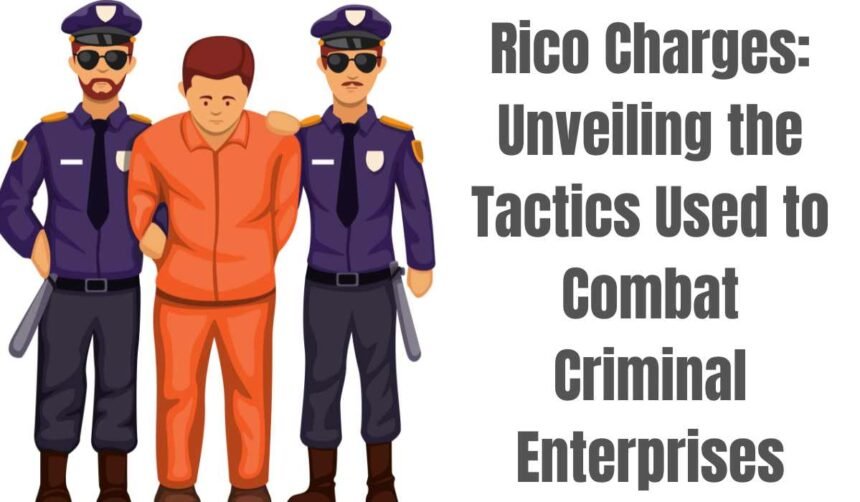The Racketeer Influenced and Corrupt Organizations Act, or “Rico” charges for short, has become a potent legal weapon in the fight against criminal businesses.
Since its passage in 1970, the Rico Act’s scope of application has broadened to include not only organized crime but also other forms of criminality.
This article explores the evolution, significance, and challenges of Rico charges, which are used to combat criminal enterprises.
Understanding the Rico Act
As the threat posed by criminal organizations continued to rise, lawmakers passed the Racketeer Influenced and Corrupt Organizations Act to combat it.
Individuals and groups who engage in racketeering activities, such as those involving bribery, extortion, money laundering, and murder, are subject to prosecution under the Act.
Also See: What is RICO: Everything You Need To Know
Creating a Routine of Racketeering Conduct
The existence of a racketeering pattern is essential evidence in a Rico case. Prosecutors have the burden of proving that the defendant committed a string of interconnected crimes.
This trend lays the groundwork for linking apparently unrelated crimes to one another and to a bigger criminal enterprise.
Enterprise and Association-In-Fact
In order to press charges against Rico, the prosecution must prove the presence of a “enterprise.” It could be a single person or a large number of people, or even a formal organization.
Any collection of people that share a common goal, organizational structure, and ongoing interactions is said to be “in fact” an association.
Rico charges are versatile enough to be used against everything from old-school mafia families to corporate plots.
Gathering Evidence and Investigative Techniques
Evidence in Rico cases is gathered by prosecutors using a variety of methods. Some methods used to reveal undetected illicit activity include wiretapping, monitoring, examination of bank records, and cooperation from informants.
Using these methods, a clearer picture of the criminal organization’s inner workings can be painted by linking previously unrelated people and events.
Challenging Legal Landscape
Even though the law has changed for the better since Rico charges were introduced, there are still obstacles to overcome.
Concerns about privacy and due process arise when defendants attempt to discredit evidence gathered via investigations.
Sometimes it’s hard to get in touch with the right people at the top of criminal organizations because of the complex web of ties that exists there.
Expansion to White-Collar Crimes and Transnational Activities
Rico charges were originally designed to target organized crime, but their scope has since broadened to cover white-collar offenses and international trafficking.
Rico charges have been used against crimes like corporate fraud, insider trading, and cybercrime.
The Act’s extraterritorial application also makes it possible to go against transnational criminal organizations.
Impact on Criminal Enterprises
As a result of Rico’s allegations, criminal organizations have had their hierarchical systems and operations severely disrupted.
Individuals who engage in racketeering are deterred by the possibility of suffering severe punishments, such as huge fines and lengthy jail sentences.
The financial backbones of criminal organizations are weakened by the threat of asset forfeiture.
Conclusion
Using Rico charges has revolutionized the fight against organized crime. Prosecutors have been successful in disrupting and dismantling networks that constitute a serious threat to society by focusing on the underlying institutions that facilitate organized crime.
Rico charges continue to play a crucial role in combating a wide variety of criminal acts, advancing justice, and securing the safety of communities thanks to the use of novel investigative tools and an expanded scope.



